Module 3 - Benjamin-Mills
Module 3 - Benjamin-Mills
Module 3 - Benjamin-Mills
Create successful ePaper yourself
Turn your PDF publications into a flip-book with our unique Google optimized e-Paper software.
EP2.2<br />
What’s in aspartame?<br />
Is this activity you will apply your skills at<br />
chromatography to help you investigate the conditions<br />
needed for the hydrolysis of peptide bonds. You will be<br />
looking at a simple example: aspartame, a dipeptide<br />
used as an artificial sweetener. You will be<br />
investigating what concentration of acid, and what<br />
reflux time, are needed to hydrolyse the dipeptide.<br />
Requirements<br />
● aspartame, eg Searle ‘Canderel’ tablets (1–3 tablets)<br />
● hydrochloric acid: various concentrations, eg 4 mol dm –3 ,<br />
2 mol dm –3 , 1 mol dm –3 (25 cm 3 each)<br />
● 10 cm 3 measuring cylinder<br />
● apparatus for heating under reflux, eg 50 cm 3 pear-shaped<br />
flask and water condenser<br />
● anti-bumping granules<br />
● apparatus for paper chromatography<br />
● 250 cm 3 beaker<br />
● butan-1-ol (20 cm 3 )<br />
● glacial ethanoic acid (4 cm 3 )<br />
● separating funnel<br />
● aspartic acid solution,<br />
0.01 mol dm –3 small amounts<br />
● phenylalanine solution, for chromatography<br />
0.01 mol dm –3<br />
● ninhydrin in butan-1-ol, 0.5% solution in spray bottle<br />
● mortar and pestle<br />
● hair dryer<br />
● protective gloves<br />
Ï<br />
Ì<br />
Ó<br />
butan-1-ol<br />
ethanoic acid<br />
hydrochloric acid<br />
ninhydrin solution<br />
CARE Eye protection<br />
must be worn.<br />
CARE Ninhydrin solution<br />
must be used in a fume<br />
cupboard. Gloves must be<br />
worn. Wash the solution off<br />
with lots of soap and water<br />
if it contacts your skin.<br />
HARMFUL<br />
CORROSIVE<br />
CORROSIVE<br />
HARMFUL<br />
WEAR EYE<br />
PROTECTION<br />
WEAR<br />
PROTECTIVE<br />
GLOVES<br />
FLAMMABLE<br />
FLAMMABLE<br />
Introduction<br />
Peptide bonds in proteins can be hydrolysed by refluxing with hydrochloric acid.<br />
You will use the artificial sweetener aspartame as a substitute for a protein in this<br />
activity. Aspartame is the methyl ester of the dipeptide Asp Phe. The ester link in<br />
aspartame will also be hydrolysed under these conditions, so you will get<br />
aspartic acid and phenylalanine just as you would from the dipeptide itself.<br />
The skeletal formula for aspartame is shown below.<br />
O<br />
HO<br />
H 2 N<br />
N<br />
H<br />
O<br />
OCH 3<br />
O<br />
aspartame<br />
aspartame<br />
„ Salters Advanced Chemistry 2000 – see Copyright restrictions<br />
173



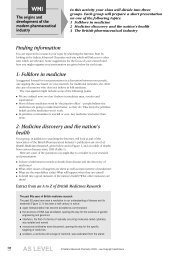

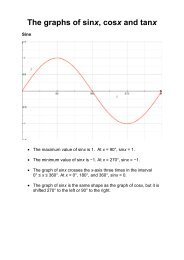
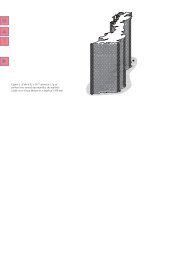

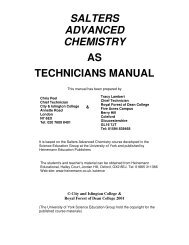



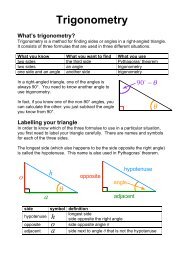
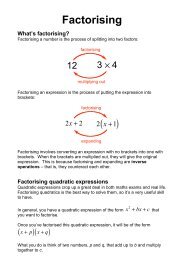
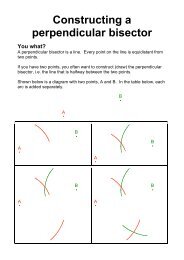


![ISI Web of Knowledge [v.4.10] - All Databases Results - Benjamin-Mills](https://img.yumpu.com/39253071/1/184x260/isi-web-of-knowledge-v410-all-databases-results-benjamin-mills.jpg?quality=85)